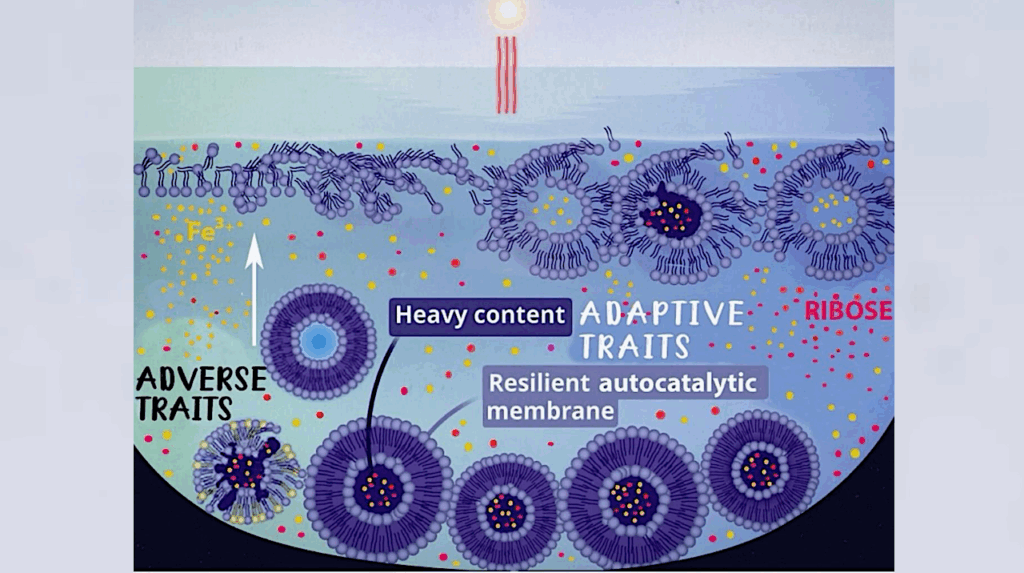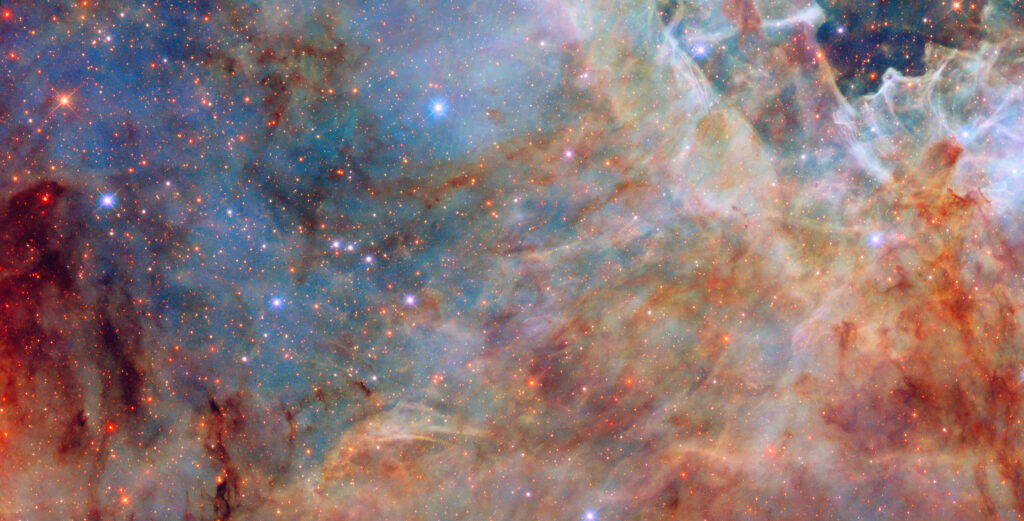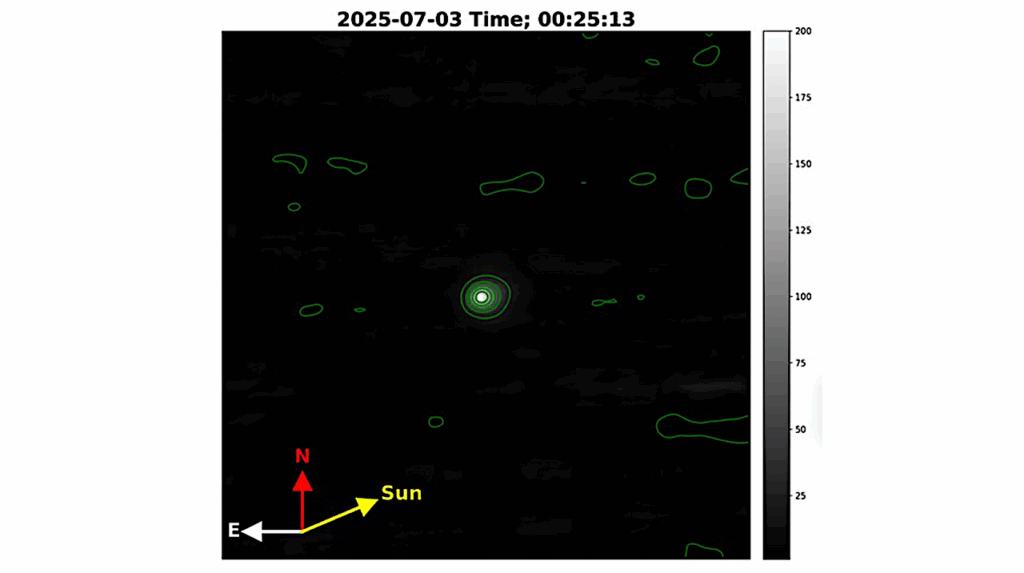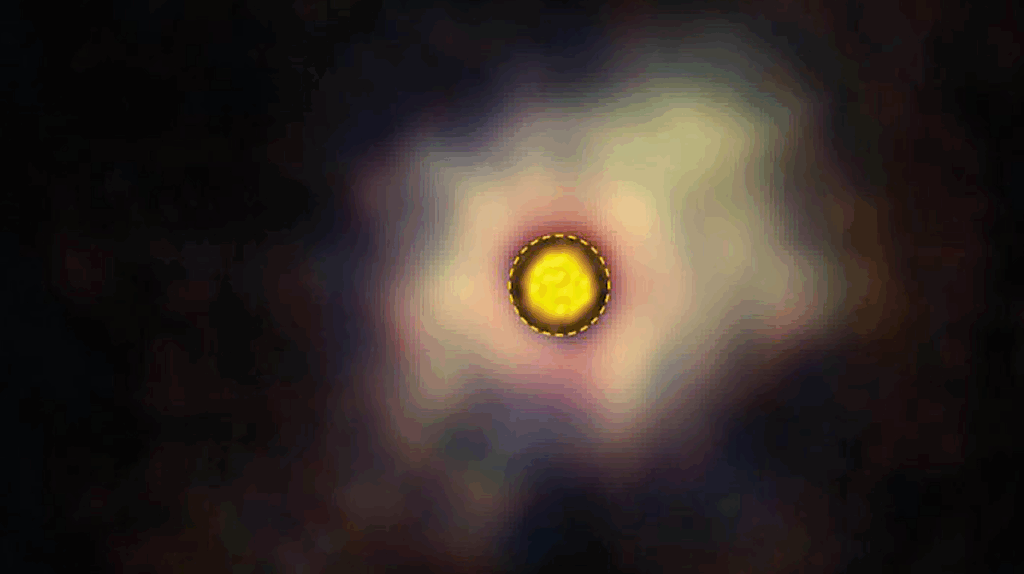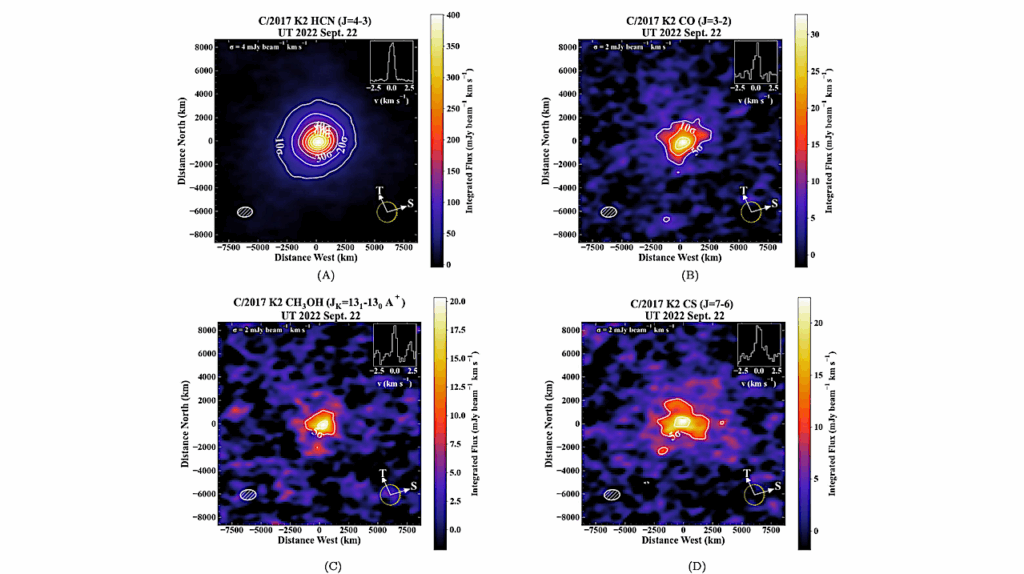Ultraviolet Astronomical Spectrograph Calibration With Laser Frequency Combs From Nanophotonic Waveguides
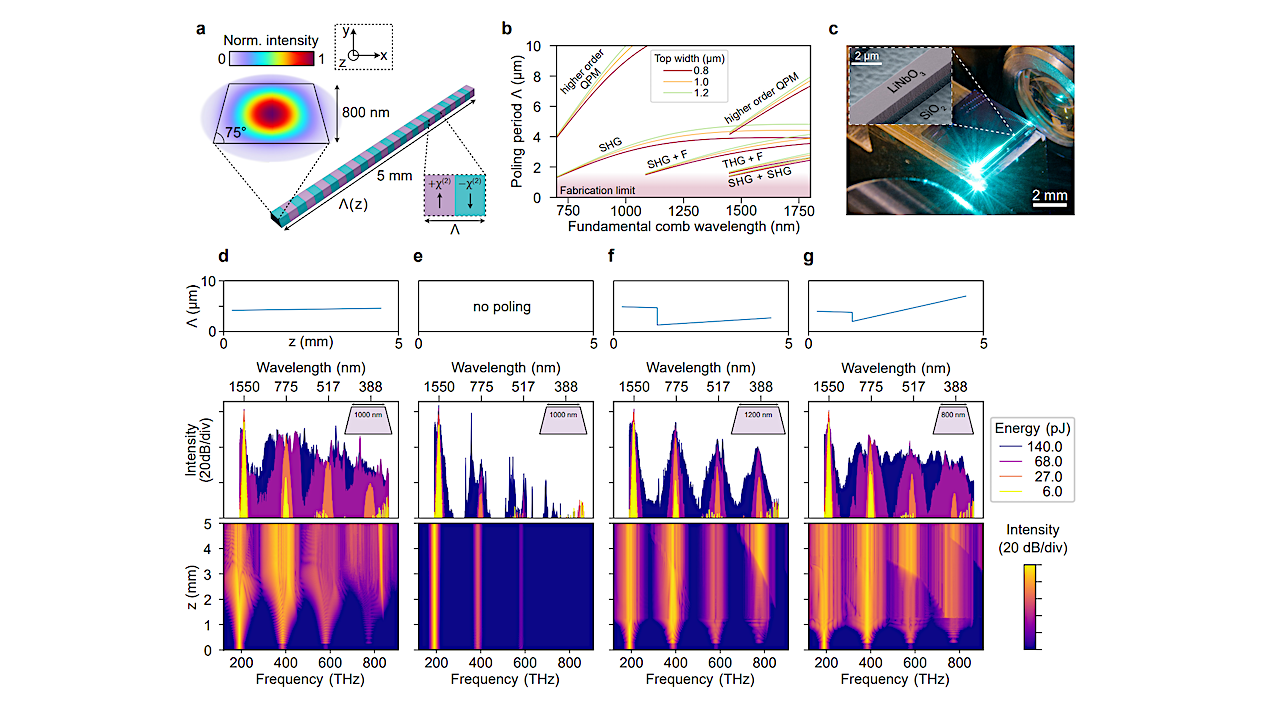
Astronomical precision spectroscopy underpins searches for life beyond Earth, direct observation of the expanding Universe and constraining the potential variability of physical constants across cosmological scales.
Laser frequency combs can provide the critically required accurate and precise calibration to the astronomical spectrographs. For cosmological studies, extending the calibration with such astrocombs to the ultraviolet spectral range is highly desirable, however, strong material dispersion and large spectral separation from the established infrared laser oscillators have made this exceedingly challenging.
Here, we demonstrate for the first time astronomical spectrograph calibrations with an astrocomb in the ultraviolet spectral range below 400 nm. This is accomplished via chip-integrated highly nonlinear photonics in periodically-poled, nano-fabricated lithium niobate waveguides in conjunction with a robust infrared electro-optic comb generator, as well as a chip-integrated microresonator comb.
These results demonstrate a viable route towards astronomical precision spectroscopy in the ultraviolet and may contribute to unlocking the full potential of next generation ground- and future space-based astronomical instruments.
Markus Ludwig, Furkan Ayhan, Tobias M. Schmidt, Thibault Wildi, Thibault Voumard, Roman Blum, Zhichao Ye, Fuchuan Lei, François Wildi, Francesco Pepe, Mahmoud A. Gaafar, Ewelina Obrzud, Davide Grassani, François Moreau, Bruno Chazelas, Rico Sottile, Victor Torres-Company, Victor Brasch, Luis G.Villanueva, François Bouchy, Tobias Herr
Subjects: Optics (physics.optics); Instrumentation and Methods for Astrophysics (astro-ph.IM)
Cite as: arXiv:2306.13609 [physics.optics] (or arXiv:2306.13609v1 [physics.optics] for this version)
Submission history
From: Tobias Herr
[v1] Fri, 23 Jun 2023 16:51:12 UTC (4,178 KB)
https://arxiv.org/abs/2306.13609
Astrobiology


